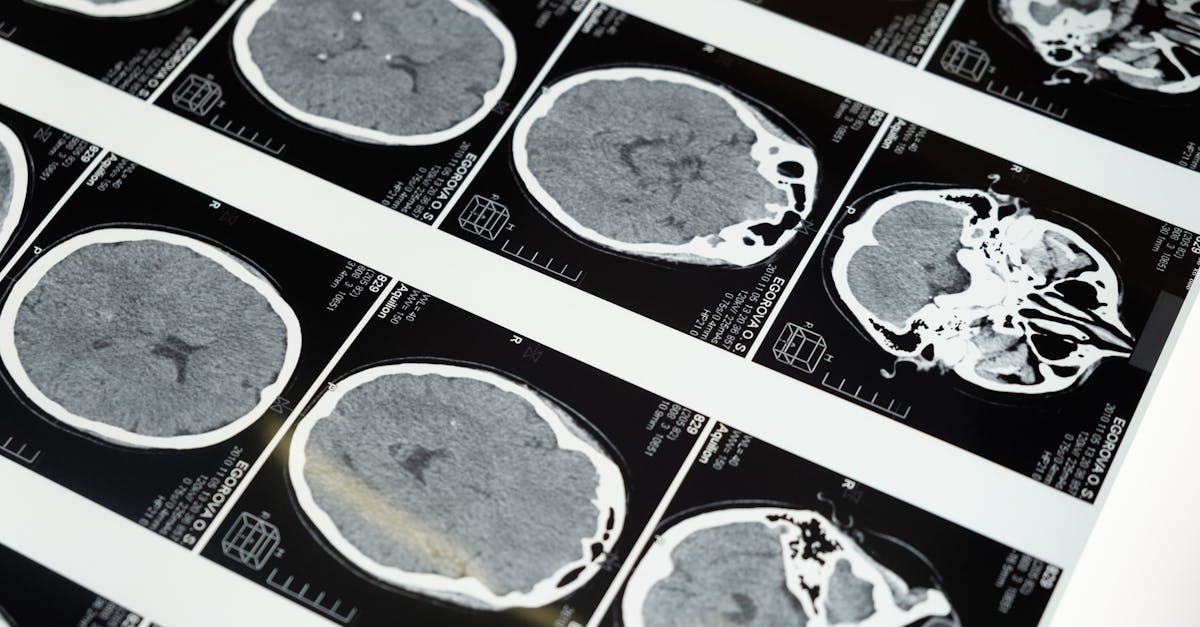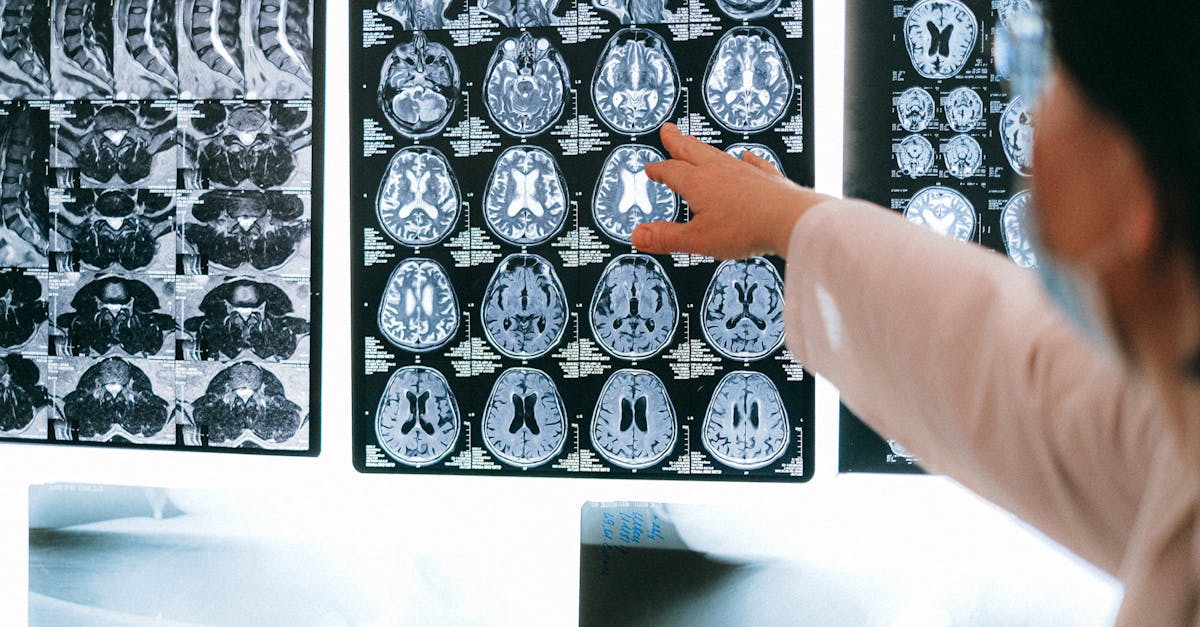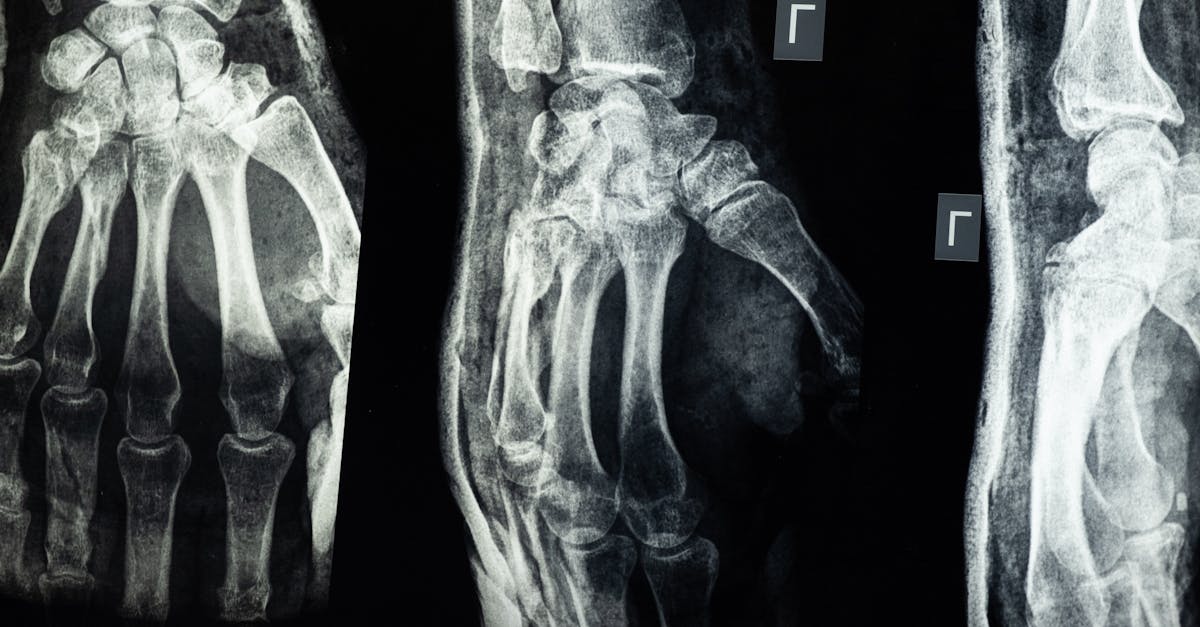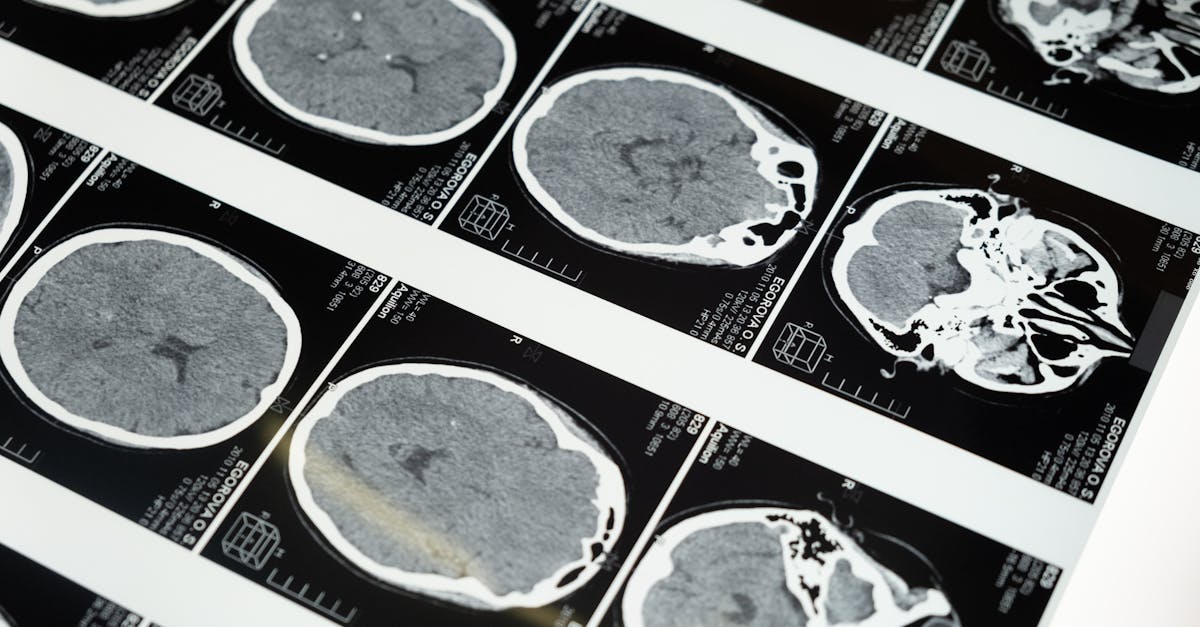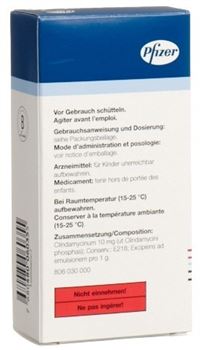The management of aneurysms, potentially life-threatening vascular diseases, requires a rigorous and tailored approach. The techniques of interventional radiology have significantly evolved, offering less invasive solutions for treating various pathologies, including cerebral and peripheral aneurysms. The selection of appropriate methods requires a deep understanding of hemorrhagic and thromboembolic risks, especially in the presence of anticoagulant or antiplatelet treatments. Healthcare professionals must juggle these risks to optimize outcomes for patients. Advances in interventional technologies, such as intravascular stents and coils for aneurysms, have broadened the range of possibilities, but precise evaluation of aneurysms remains crucial.
The choices made during the treatment of aneurysms have direct consequences on the safety and effectiveness of the procedure. The implementation of perioperative management protocols, including the use of biological tests, plays a key role in reducing complications. A comparison of techniques therefore becomes essential to fully understand the stakes in radiology.
Interventional radiology techniques for the treatment of aneurysms
Interventional radiology techniques stand out for their ability to treat aneurysms without requiring major surgical intervention, thus reducing morbidity. One of the primary treatments for cerebral aneurysms is embolization. This method involves inserting a coil into the aneurysm via a catheter, thus blocking blood flow to the aneurysmal sac. Results show high effectiveness in preventing aneurysm rupture, especially for those deemed at high risk.

Coil embolization
Coil embolization is often considered a first option due to its minimally invasive nature. The choice of coils for aneurysms depends on various factors, including the size and shape of the aneurysm. Sclerosants, another category of treatment, may be used in the case of more complex aneurysms. Comparing these techniques is fundamental, as each method presents advantages and disadvantages regarding the risk of hemorrhage. The technique of intravascular stenting is sometimes used in conjunction with embolization to stabilize the vessel lumen.
Aneurysm angioplasty
Angioplasty, another technique of interventional radiology, involves widening a narrowed blood vessel while maintaining circulation. Although it is often used for other vascular diseases, there is a growing interest in its application for treating aneurysms. Its use may vary depending on the location of the aneurysm, but it shows promising potential in certain cases. It is interesting to note that the effectiveness of angioplasty should be evaluated against other treatments, which may influence treatment protocols.
Management of risks related to the intervention
Risk management in the context of interventional radiology procedures is essential to ensure patient safety. Hemorrhagic risks represent one of the main obstacles, particularly for patients under anticoagulant or antiplatelet treatment. The increasing prevalence of medical treatments for thromboembolic risks requires a well-informed medical team to evaluate each case and determine the safest strategy.
Pre-procedural evaluation
A thorough pre-procedural evaluation is crucial to identify high-risk patients. This includes not only the medical history but also the establishment of biological tests to better understand the management of anticoagulants. Current recommendations encourage practitioners to consider guidelines on patient selection to tailor treatments based on identified risks.
Procedures adapted to anticoagulants
It is imperative to understand how anticoagulants work and how they affect the procedure. Adjusting treatment based on the type of aneurysm, as well as the patient’s status, helps optimize outcomes. Decisions must consider the need to maintain thromboembolic protection against the hemorrhagic risk induced by the procedure.
Comparison of outcomes of different techniques
A comparative analysis of the outcomes of different techniques is necessary to optimize patient care. Data from various clinical studies provide insights into the effectiveness and safety of each method. Interventional approaches can vary significantly based on the anatomy of the aneurysms. In cases such as complex aneurysms, combining techniques may yield superior results.
| Technique | Effectiveness | Hemorrhagic Risk |
|---|---|---|
| Coil embolization | High (80% success) | Medium |
| Intravascular stenting | Very high (85% success) | High |
| Angioplasty | Medium (70% success) | Low |
Long-term results
In terms of long-term results, numerous studies testify to the success of coagulation treatments in controlling the growth of aneurysms. However, anatomical variations and risk factors must be considered during therapeutic planning. Ongoing research in this field is essential for improving survival rates and post-interventional quality of life.
Current challenges and future perspectives in interventional radiology
The challenges faced by interventional radiology include the evolution of treatments, increasing knowledge of anticoagulants, and the need for better evaluation of aneurysms. Continuous training for radiologists remains crucial to ensure they are up to date with the latest technical innovations. The interventional radiology market, undergoing transformation, pushes experts to devise even more effective and personalized therapies.
New technologies and innovations
New technologies such as artificial intelligence and advanced modeling tools open interesting perspectives for the management of aneurysms. By using machine learning algorithms to analyze treatment outcomes, radiologists can predict potential complications and adapt strategies accordingly. Continuously improved medical devices, such as innovative intravascular stents, are also being developed to meet the diverse needs of the population.
Sustainability of the therapeutic approach
With the constant evolution of practices in interventional radiology, it is essential to continuously adapt the techniques used. The renewal of knowledge and adoption of the latest evidence-based practices will help reduce risks and improve patient safety. An integrated approach, taking into account different treatment modalities, is necessary to effectively manage aneurysms within radiological practice.

